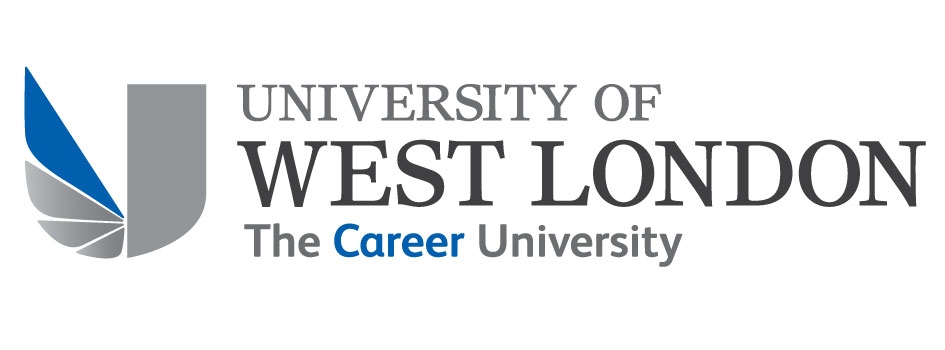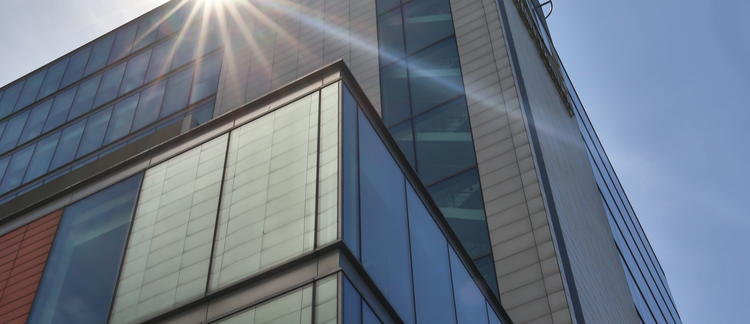AI-assisted chemical analysis and monitoring of pharmaceuticals and personal care products in water and wastewater
Babak Kavianpour
School of Computing and Engineering
Supervisors:
Dr Atiyeh Ardakanian
School of Computing and Engineering
Professor Kourosh Behzadian
School of Computing and Engineering
(PPCPs) have improved our quality of life and longevity, but their presence in the environment can threaten life forms. The primary sources of these emerging pollutants are the excreted unmetabolised residues of medicines or their active metabolites and washed personal care product ingredients, mainly available in sunscreens, cosmetics, and body cleaning products through wastewater streams. Due to insufficient removal of PPCPs at wastewater treatment plants, they are also available in the environment. Accordingly, the monitoring, detection and quantification of PPCPs in water and wastewater samples are essential for toxicologists, environmental scientists, water engineers, and policymakers.
Artificial intelligence (AI), including machine learning, has been the focus of advancements in many fields, including the detection and monitoring of conventional pollutants and the quality parameters in water bodies. However, the applications for emerging pollutants, especially PPCPs in water and wastewater matrices, have not been sufficiently reviewed.
This presentation reviews the contexts and roles of AI techniques implemented in the chemical analysis, detection and monitoring of PPCPs in water and wastewater over the last decade. The implementation of AI for the chemical analysis of PPCPs is mainly in three directions: (1) Liquid chromatographic conditions optimisation for individual analytes, (2) Spectroscopic quantitative analyses, and, more dominantly, (3) suspect and non-targeted screening via liquid chromatography high-resolution mass spectrometry. Meanwhile, data processing AI methods are the prevailing subject of interest for monitoring PPCPs. The results indicate a slight shift towards more sophisticated AI methods such as graph or convolutional neural networks; however, the typical general artificial neural network and multilayer perceptrons have shown reliability for chemical analysis of PPCPs. The presentation concludes with insights into future perspectives on better harnessing the potential of AI methods.

